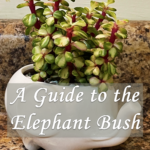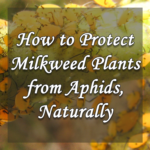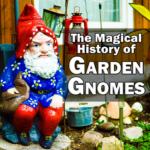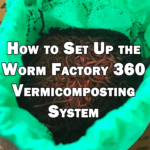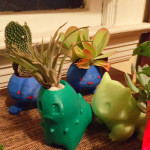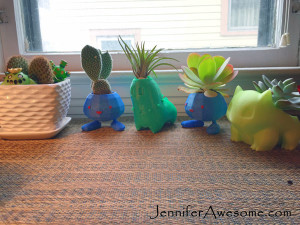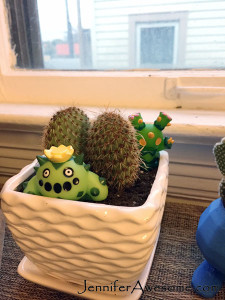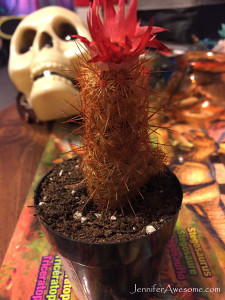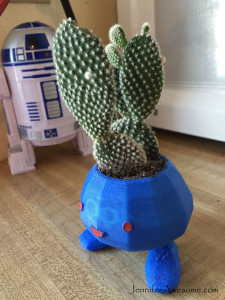
Bokashi is an alternative to traditional composting that allows you to turn kitchen waste into a valuable soil amendment for your garden using a process of anaerobic fermentation. It’s an easy, odorless, and eco-friendly way to deal with kitchen scraps.
How to Set Up and Use a Bokashi Bucket for Indoor Composting
Bokashi is an alternative to traditional composting that allows you to turn kitchen waste into a valuable soil amendment for your garden. Though the process is often referred to as “bokashi composting,” it is actually a process of fermenting organic waste material using specialized microbes rather than composting. A bran powder inoculated with specific bacteria is added to kitchen waste in an air-tight container to begin the fermentation process. Once the bucket is filled and allowed to age for two weeks, the fermented pre-compost can then be added directly to the soil to add nutrients and improve soil texture, or it can be added to a traditional compost pile and allowed to finish breaking down.
Bokashi composting can be done indoors and can odorlessly process waste that usually isn’t added to regular compost piles, such as oily foods, cooked foods, bones, dairy, and meat. Because of these unique features, bokashi composting is ideal for people who live in apartments or who are unable to manage a regular compost pile. Bokashi composting can even be a beneficial addition for people who do have a traditional compost pile and/or a worm bin simply because there is virtually no limit to the types of organic waste that can be processed by bokashi.

